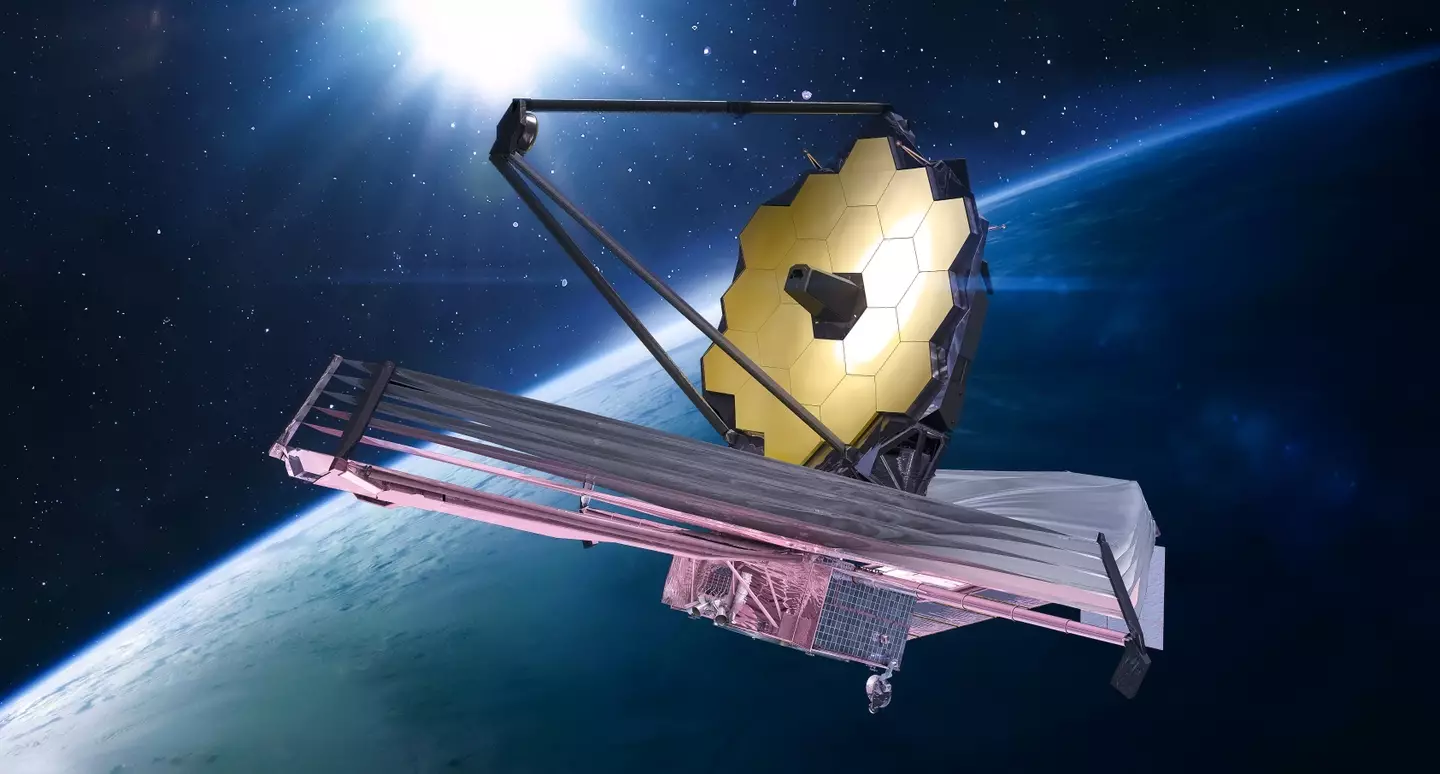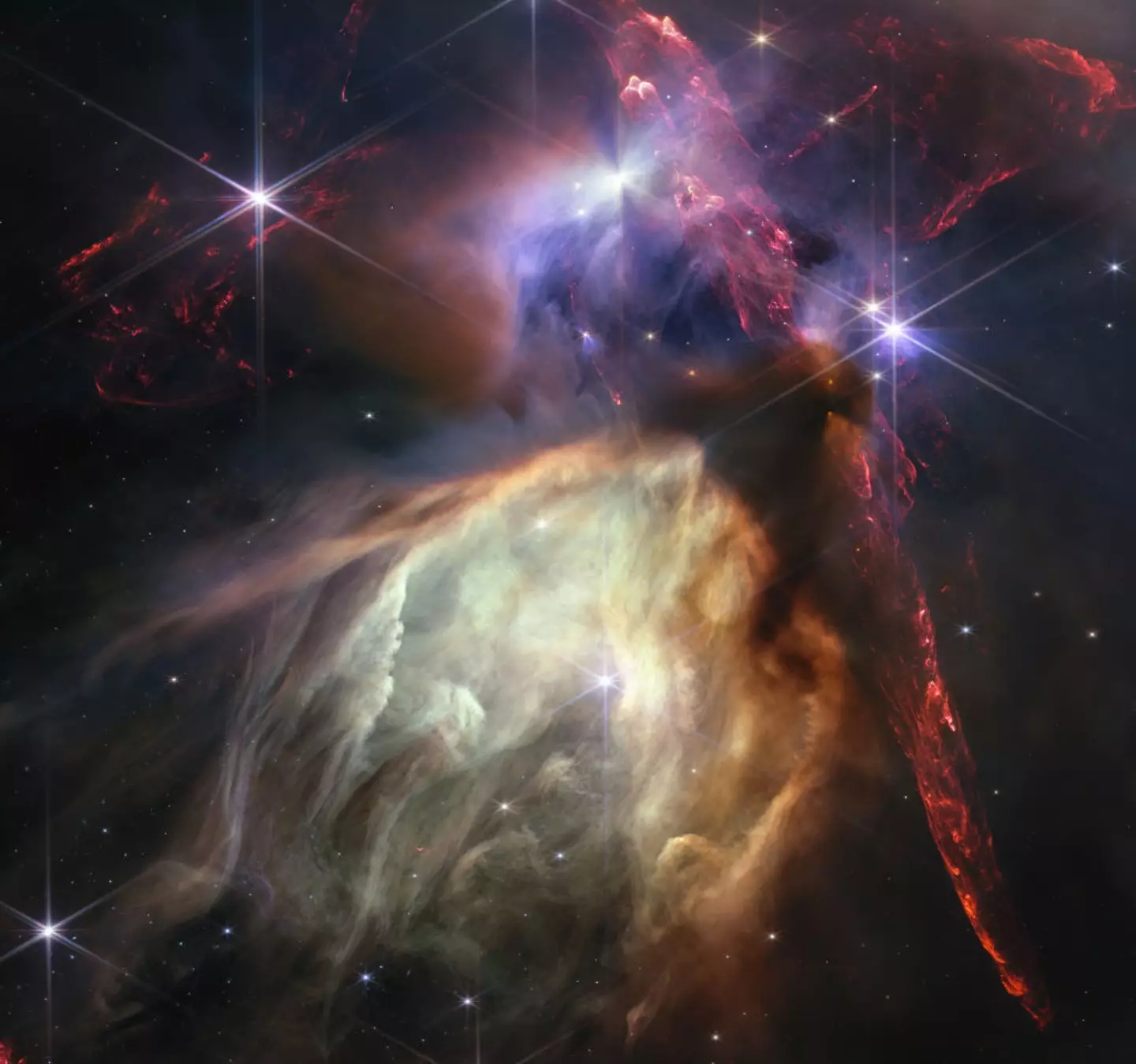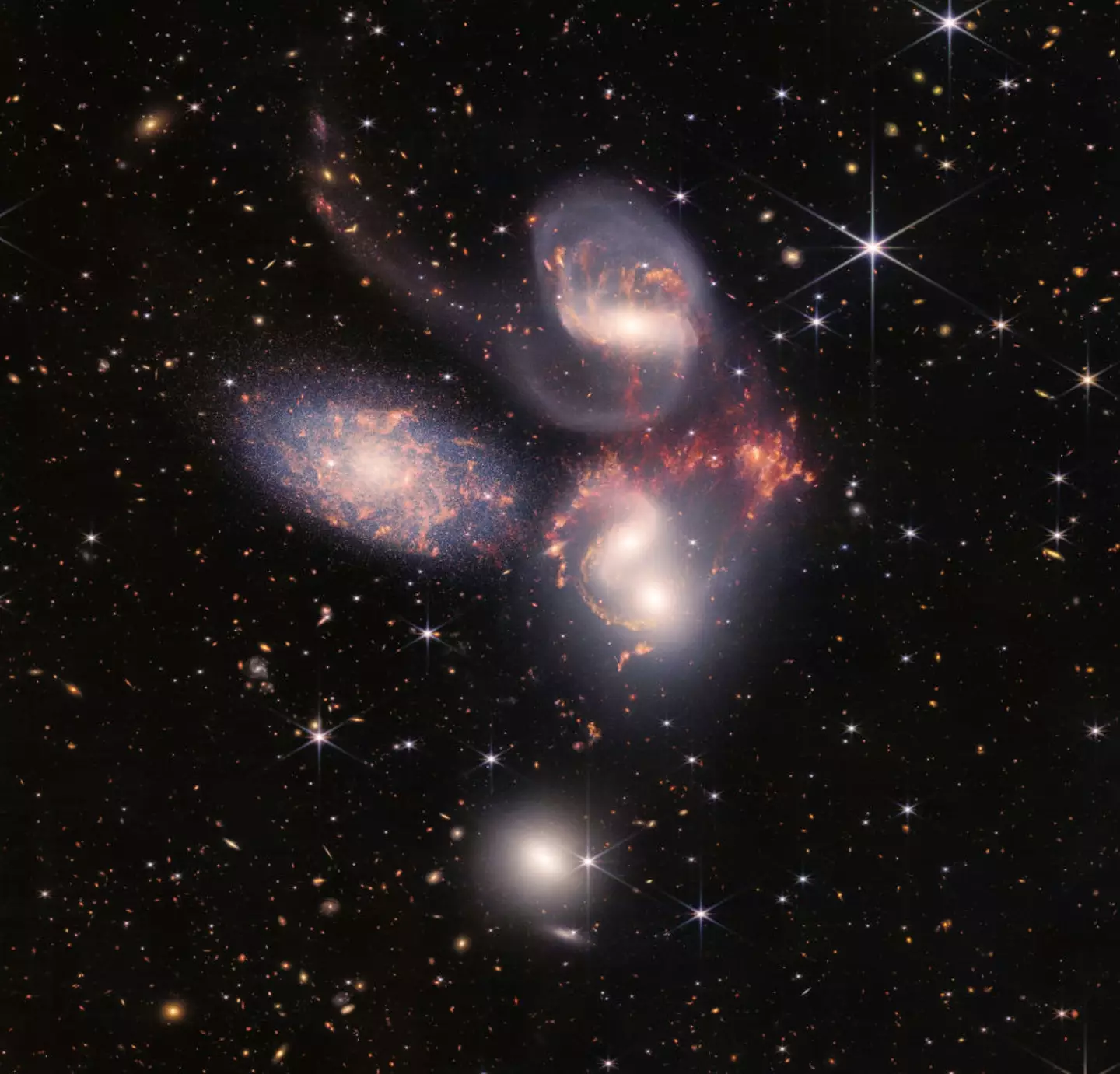.png)
To anyone but an astronomer, trying to understand how space works can leave you feeling a little sore-headed.
But Professor Brian Cox is on hand to explain how one of the world's most advanced pieces of kit helps us 'travel through time'.
It comes after a huge discovery by the same equipment that could change how we think about the universe.
We're on about the James Webb Space Telescope (JWST) that was first launched in to space in December 2021.
Advert
Its purpose? To operate as a more advanced version of the legendary Hubble telescope, which was launched 34 years ago in 1990.
In one of the more recent updates, the revolutionary piece of equipment has been used to confirm a long-lasting problem in astronomy.
The issue is that the universe has appeared to be expanding at varying speeds, depending on where we choose to look. This is called the Hubble tension, and could potentially upend the world of cosmology for good.

And in 2023, JWST data confirmed the initial measurements carried out by Hubble in 2019, solidifying the theory.
Advert
Professor Brian Cox has explained exactly how the JWST and Hubble work, looking out in to deep space.
Light travels really slowly in terms of space, moving at 186,000 miles a second. One way you might have heard this contextualised is that it takes eight minutes for light to get from the Sun to Earth.
So basically, the further out in to space we look, the 'older' the light we're observing through the JWST or Hubble is. In effect, we're travelling through time to analyse light from billions of years ago.
And for Professor Cox, there's other tech that could be massive in observing light from the Big Bang itself.

Professor Cox said: "The Webb looks so far out that it's capturing light that's been travelling for over 13 billion years but the universe has been expanding and so the light has been stretching.
Advert
"And so for the most distant galaxies we're looking back back in time almost to the Big Bang."
He added: "The Webb can see the formation of the first galaxies. It's essentially looking all the way back, very close to the beginning of time. And that's very important.
"Because we're not entirely sure exactly how those first galaxies formed.

"So we can see that. It is microwaves. Because it's been stretched so much by the expansion of the universe. Going back, the problem with light is that in those earliest times the universe was so hot and so dense that light couldn't travel through it. It was opaque.
Advert
"So you can't use light to go back earlier than that but what we can potential do - not yet, we're not good enough yet - but the technology we use now to detect colliding black holes... that technology possible could allow us to probe right back to this thing, the Big Bang."
Featured Image Credit: Jonathan Nicholson/NurPhoto via Getty Images/NASA, ESA, CSA, and STScI via Getty ImagesTopics: News, Science, Space, Technology, Weird, World News, James Webb Space Telescope